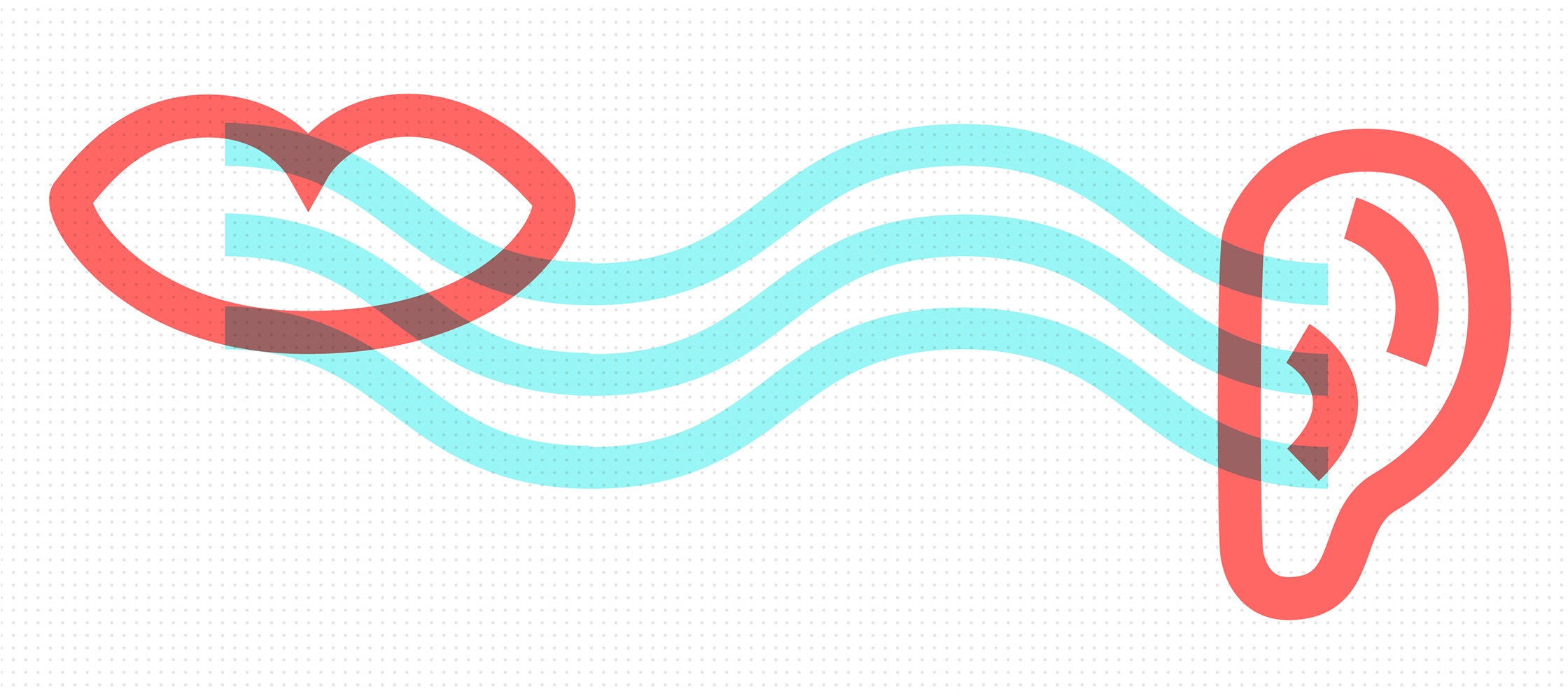By Scott Smith
November 10, 2017
One of my favorite things about my job is the constant opportunity to access what Zen Buddhism calls “beginner’s mind”: the ability to stay open, fresh, and eager while approaching a problem.
Creativity, which allows us to solve problems, is the act of connecting disparate, existing ideas and things and finding new applications for them. It is how we make the familiar interesting and vice versa.
As designers and builders, our job is to solve our clients’ problems: How are we going to create visuals that truly represent who they are and what they do (rather than just looking beautiful)? How can technology enhance or telegraph the core personality or vision of the organization? How can we get people to understand/buy/donate/engage on the web, in the world, in a space? To solve those problems, we need to be creative, which means we need disparate ideas to already exist in our brains: All of our collective experiences, everything we’ve ever consumed in nature and in the culture — low, medium, and high brow.
If you come into a new project with preconceived notions about the solution, you lose out on the green fields of possibility. Your mind is already made up. You’ve defaulted to a way of thinking before really attending to the problem that’s in front of you. You need to be an expert while coming to the problem fresh, with beginner’s mind.
There are a lot of potential barriers to beginner’s mind:
- A project due yesterday
- Hubris
- Pride
- A culture that says the consultant should be the expert about everything from the start
- A lack of budget
- The anxiety of inexperience
Whatever the barrier, it’s our job to start from first principles every time. The best way to do that is to forget everything you know (don’t worry, it’s still in there) and to listen. Listening well, in the right way, is a skill that can be honed. After a decade of experience under my belt, I’m a true believer that it’s my most powerful tool for creating sharp strategies that inform projects in deep ways.
Why Listening Works
Seattle-based Marguerite Casey Foundation is a national foundation devoted to supporting a movement of low-income families to end poverty in America. Their tagline is “Ask. Listen. Act.” From the start they have approached the work of philanthropy humbly, with the belief that nobody knows better how to end poverty than low-income people. So they simply asked: What can we do to help? Who do you want to work with on this? And their answers guide the foundation’s work.
Switchboard is a Portland company that helps academic institutions build community among its students and alumni. Their staff works with clients by listening first to understand their needs and goals. Only then can they provide a customized version of their software.
Zebras Unite is an organization of post-revenue start-up companies combining dual goals of profit and purpose. Zebras is holding its first annual conference as a big listening session to understand the needs of the community. Armed with this info, they will design the organization.
These organizations — clients of ours — each has found that by listening to their audiences, they can connect more deeply and meaningfully. Their solutions to problems are more innovative and more accurate. They are able to access beginner’s mind.
We love working with organizations, businesses, and people who value listening in their own work because it makes our collaboration – and the end product – so effective. We all meet at the table with openness and sense of adventure. And it’s more fun this way.
How to Listen
Our fervent belief in listening has its boundaries.
As Henry Ford said, “If I asked people what they wanted, they would have said faster horses.” And Steve Jobs famously opined that “a lot of times, people don't know what they want until you show it to them.”
Maybe Steve Jobs just wasn’t good at listening well. Maybe Henry Ford could have asked people a better question than what they wanted. (Or it’s possible these two were just being a little arrogant and flip.)
There are two aspects of listening that will take you past the basics: asking the right questions and listening to more than words.
First and foremost, the question you should always come back to is why. Ask how people feel about an experience or what they want, but don’t stop there. Interrogate their assumptions, uncover their reasons. Henry Ford could have asked, “Why do you want faster horses? Oh, because you want to get to market faster? Do you actually like driving horses? Oh, you don’t like cleaning up horse poop?” Help people dream about what’s possible.
Second, go beyond what people are willing to say or beyond what you’re willing to ask. Is a content owner on the client team advocating for a conservative solution because he’s afraid of becoming obsolete? Is that end user afraid of feeling dumb? Examine people’s body language. See what gets them excited and nodding — and what makes them uncomfortable and folding their arms. Then dig deeper.
It can feel uncomfortable to push into these areas. But I’ve found that by broaching these tougher subjects, folks ultimately feel seen and understood. As they realize you’re not trying to trap them but to solve their most critical and elusive problems by making yourself vulnerable, by going back to first principles, you build trust. Often, the conversation creates clarity around issues that felt previously insurmountable or nebulous.
Listening well is transformative, especially when you make it a core value and principle you apply to everything you do. When we take the time to question our assumptions and are humble enough to ignore our preconceived notions, we can design better projects, organizations, and systems that truly serve people — which is what we’re here for.
